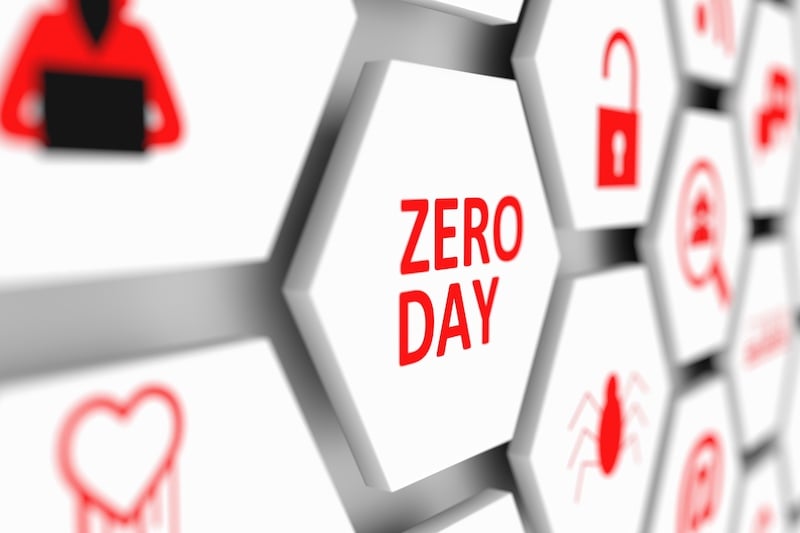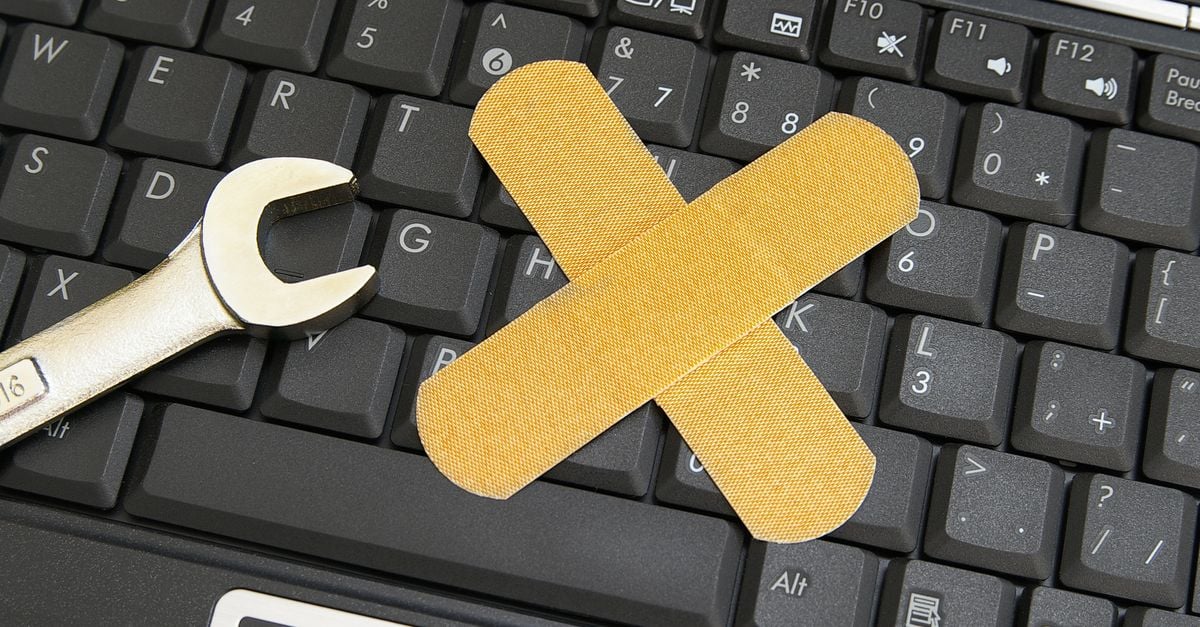Security News

Microsoft is warning of critical zero-day flaws in its Windows operating system that could enable remote code execution. "Microsoft is aware of limited targeted attacks that could leverage unpatched vulnerabilities in the Adobe Type Manager Library, and is providing the following guidance to help reduce customer risk until the security update is released," according to a Monday Microsoft security advisory.

Microsoft is warning of critical zero-day flaws in its Windows operating system that could enable remote code execution. "Microsoft is aware of limited targeted attacks that could leverage unpatched vulnerabilities in the Adobe Type Manager Library, and is providing the following guidance to help reduce customer risk until the security update is released," according to a Monday Microsoft security advisory.

Microsoft today issued a new security advisory warning billions of Windows users of two new critical, unpatched zero-day vulnerabilities that could let hackers remotely take complete control over targeted computers. According to Microsoft, both unpatched flaws are being used in limited, targeted attacks and impact all supported versions of the Windows operating system-including Windows 10, 8.1 and Server 2008, 2012, 2016, and 2019 editions, as well as Windows 7 for which Microsoft ended its support on January 14, 2020.

On the second day of the Pwn2Own 2020 hacking competition, participants earned a total of $90,000 for exploits targeting Oracle VirtualBox, Adobe Reader and Windows. Amat Cama and Richard Zhu of team Fluoroacetate earned $50,000 for demonstrating that they could hijack a system by exploiting use-after-free vulnerabilities in Adobe Reader and the Windows kernel.

On the first day of the Pwn2Own 2020 hacking competition, participants earned a total of $180,000 for demonstrating exploits targeting Windows 10, Ubuntu Desktop and macOS. Pwn2Own typically takes place at the CanSecWest cybersecurity conference in Vancouver, Canada, and participants have to attend in person. On the first day of Pwn2Own 2020, a team from the Georgia Tech Systems Software & Security Lab successfully executed code on macOS through Safari.

Some users have complained that the Windows security update released recently by Microsoft to patch a wormable vulnerability related to Server Message Block 3.0 is causing problems. Microsoft released an out-of-band update for Windows 10 and Windows Server on March 12 to fix CVE-2020-0796, a vulnerability that can allow an unauthenticated attacker to execute arbitrary code on SMB servers and clients.

In the case of the critical Windows 10 Server Message Block vulnerability left unpatched in March's otherwise bumper Windows Patch Tuesday update, the answer is two days. That's how long it took Microsoft to change its mind about releasing a fix after news of the remote code execution flaw leaked in now-deleted vendor posts and word spread to customers.

Microsoft has released out-of-band updates for Windows to patch a critical remote code execution vulnerability in Server Message Block 3.0 that has been described as "Wormable." The vulnerability, related to the way SMB 3.1.1 handles certain requests, can be exploited by an unauthenticated attacker to execute arbitrary code on SMB servers and clients.

"To exploit the vulnerability against an SMB Server, an unauthenticated attacker could send a specially crafted packet to a targeted SMBv3 Server. To exploit the vulnerability against an SMB Client, an unauthenticated attacker would need to configure a malicious SMBv3 Server and convince a user to connect to it." Unlike the Microsoft Windows SMB Server flaws used by the EternalBlue and EternalRomance exploits, which were leveraged for the 2017 WannaCry and NotPetya outbreaks, CVE-2020-0796 only affects SMBv3 and does not affect Windows 7 and Windows Server 2008 R2 systems.

A critical crown court IT system and thousands of laptops used by the UK's Ministry of Justice run on Microsoft's obsolete and unsupported Windows XP operating system, The Register can reveal. As recently as March 2019, the ministry was paying hundreds of thousands of pounds for a VPN to support 2,000 Windows XP laptop users - news that comes as the department admits that a critical court IT system is also running on XP boxen.